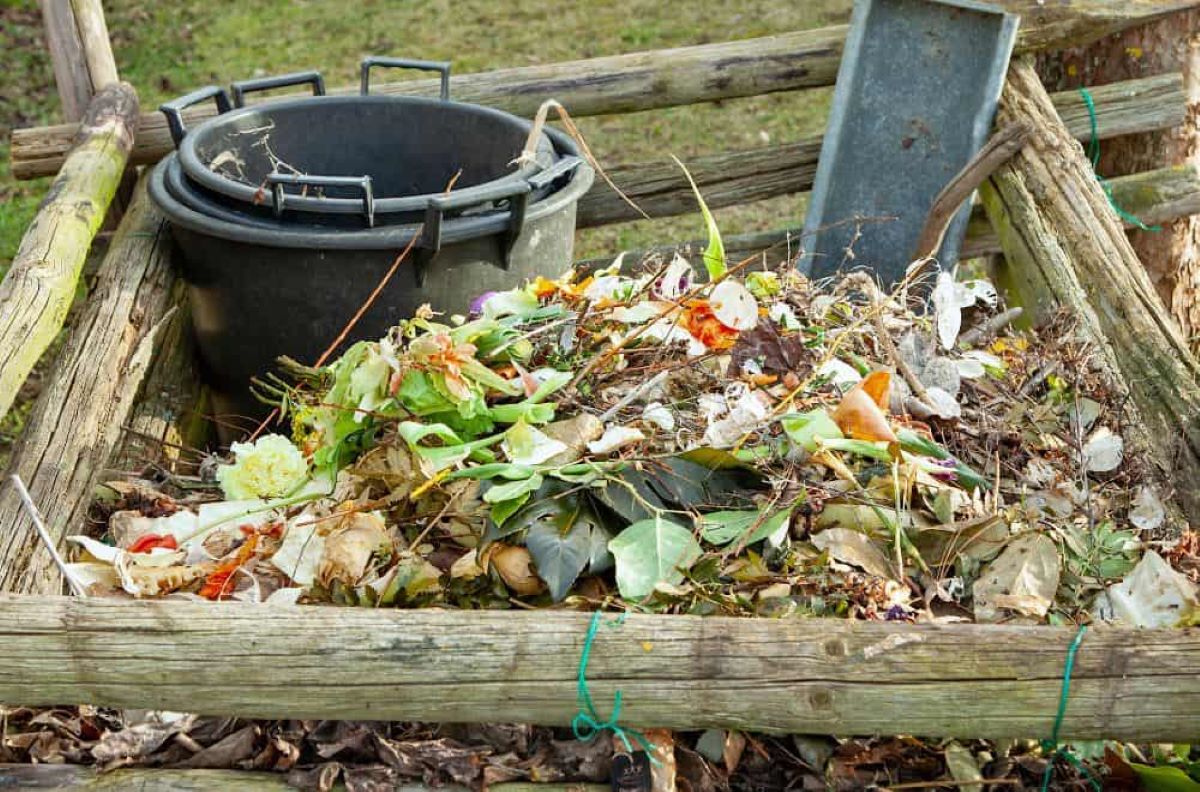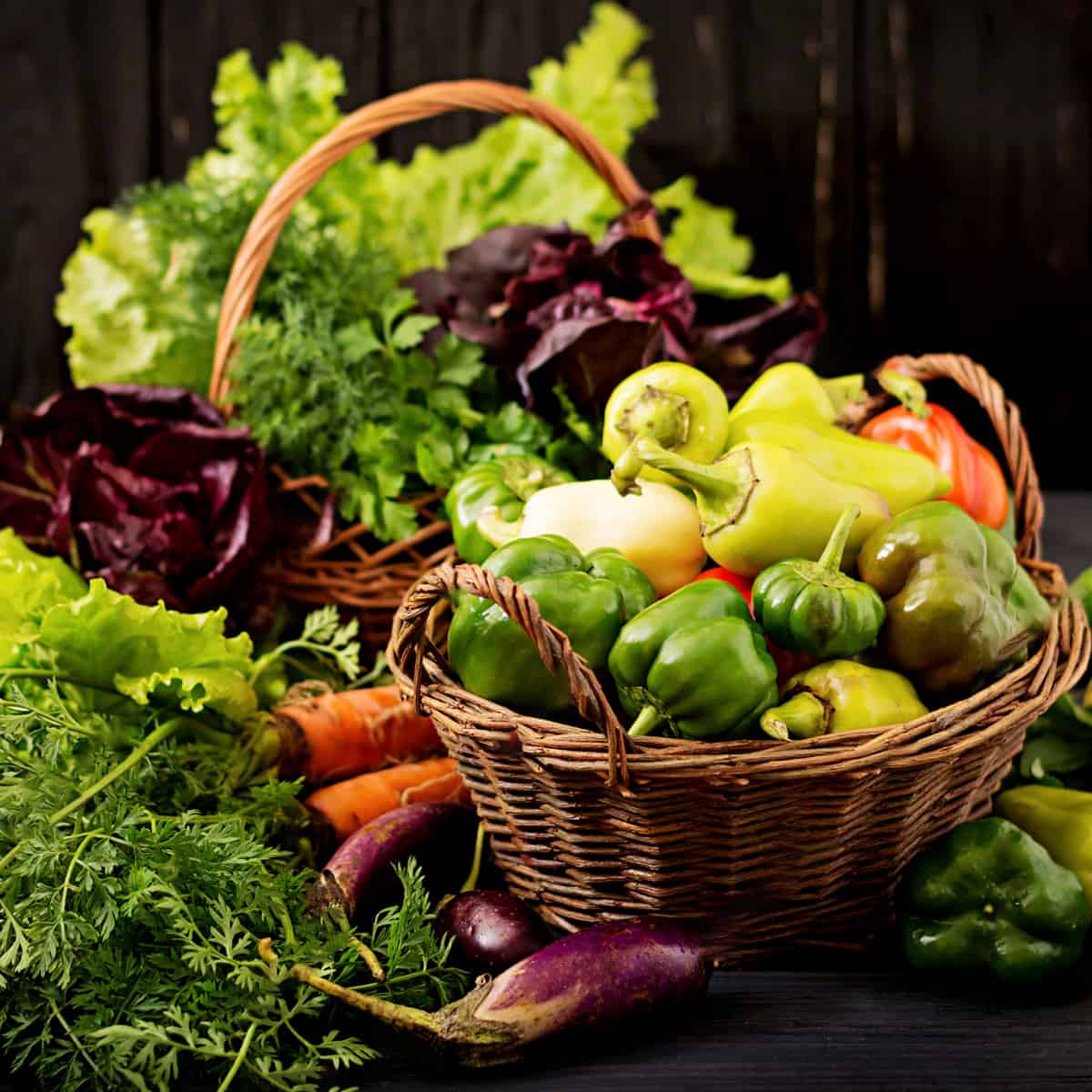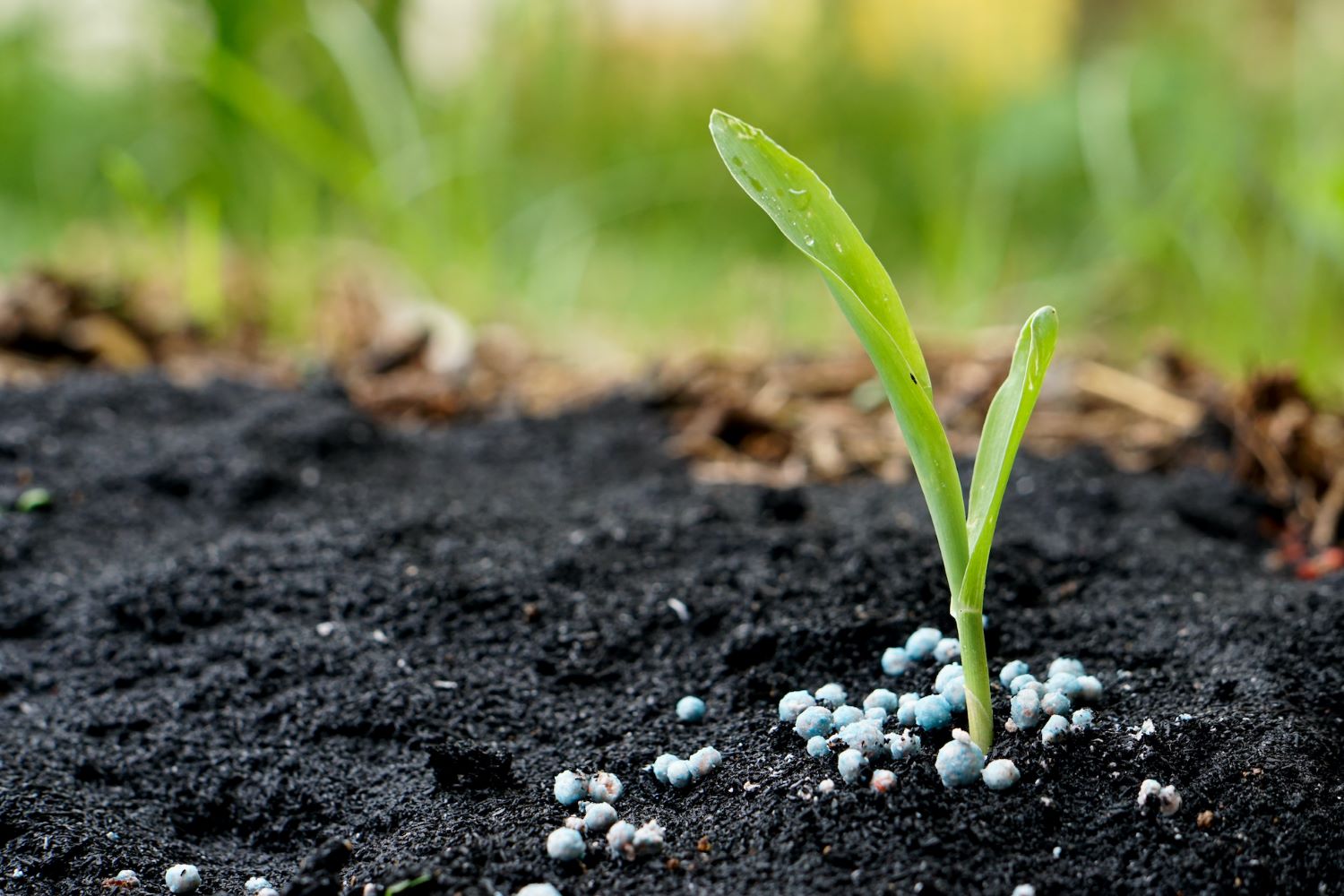Home>Gardening Techniques>Plant Care>How Long Does It Take For Rosemary To Grow?


Plant Care
How Long Does It Take For Rosemary To Grow?
Modified: February 7, 2024
Learn the best plant care tips for growing rosemary, including the time it takes for rosemary to grow. Discover expert advice on nurturing healthy rosemary plants.
(Many of the links in this article redirect to a specific reviewed product. Your purchase of these products through affiliate links helps to generate commission for Chicagolandgardening.com, at no extra cost. Learn more)
Table of Contents
Introduction
Welcome to the wonderful world of rosemary, a fragrant and flavorful herb that has been cherished for centuries. Whether you're a novice gardener or a seasoned enthusiast, understanding the growth process of rosemary can be both fascinating and rewarding. From its humble beginnings as a tiny seed to its transformation into a robust and aromatic plant, the journey of rosemary exemplifies the marvels of nature.
In this comprehensive guide, we will delve into the various stages of rosemary growth, shedding light on the time it takes for this beloved herb to flourish. By exploring the ideal growing conditions, germination stage, seedling stage, and mature plant stage, you will gain valuable insights into nurturing and cultivating rosemary with care and expertise.
So, let's embark on this enlightening journey through the lifecycle of rosemary, uncovering the secrets of its growth and celebrating the beauty of nature's bounty. Whether you're eager to cultivate your own herb garden or simply curious about the wonders of plant life, this exploration of rosemary's growth timeline is sure to captivate and inspire.
Ideal Growing Conditions for Rosemary
Rosemary, with its fragrant aroma and culinary versatility, thrives when provided with the optimal growing conditions. Understanding and implementing these conditions is essential for cultivating healthy and robust rosemary plants. Here are the key factors to consider when creating the ideal environment for your rosemary:
- Sunlight: Rosemary flourishes in full sunlight, so it’s best to position it in a location that receives at least six to eight hours of direct sunlight daily. Placing the herb in a sunny spot not only promotes vigorous growth but also intensifies the flavor and aroma of the leaves.
- Soil: Well-draining soil is crucial for rosemary, as it despises sitting in waterlogged conditions. A sandy, loamy soil with good drainage is ideal for preventing root rot and ensuring the plant’s overall health.
- Watering: While rosemary is fairly drought-tolerant once established, it’s important to provide regular watering during its initial growth phase. Once the plant matures, it’s best to let the soil dry out between waterings to prevent waterlogged conditions.
- Temperature: Rosemary thrives in warm, Mediterranean-like climates. It prefers temperatures between 65-80°F (18-27°C) and is sensitive to frost. If you live in a colder region, consider growing rosemary in a container that can be brought indoors during winter.
- Air Circulation: Good air circulation is beneficial for preventing fungal diseases and promoting overall plant health. When planting rosemary, ensure that there is ample space between each plant to allow for proper air flow.
By providing these ideal growing conditions, you can create an environment where rosemary can flourish and reach its full potential. Understanding the unique needs of this aromatic herb sets the stage for a successful and bountiful harvest of fresh rosemary for culinary and decorative purposes.
Germination Stage
The journey of rosemary growth begins with the remarkable process of germination, where a tiny seed holds the promise of new life. When cultivating rosemary from seeds, the germination stage is an essential and awe-inspiring phase that sets the foundation for the plant’s future development.
Typically, rosemary seeds germinate within 14 to 21 days under optimal conditions. To initiate the germination process, it’s crucial to provide the seeds with a warm and consistently moist environment. Here are the key steps to facilitate successful germination:
- Seed Preparation: Before sowing the seeds, consider soaking them in water for 24 hours to soften the hard seed coat and enhance germination. This simple yet effective step can encourage quicker and more uniform sprouting.
- Seed Sowing: Plant the prepared rosemary seeds in a well-draining seed-starting mix, ensuring that the soil is consistently moist but not waterlogged. Cover the seeds lightly with the growing medium and gently pat it down to ensure good seed-to-soil contact.
- Warmth and Moisture: Place the seed tray or container in a warm location, maintaining a temperature of around 70-75°F (21-24°C). Covering the container with plastic wrap or a humidity dome can help retain moisture and create a greenhouse-like environment for the seeds.
- Patience and Observation: During the germination stage, patience is key. While some seeds may sprout earlier than others, maintaining consistent moisture and warmth is essential. Keep a watchful eye on the seedlings as they emerge, providing gentle care and attention as they begin their journey into the world.
As the tiny rosemary seeds awaken and send forth delicate shoots, the germination stage represents the magical moment when potential transforms into reality. Witnessing the emergence of these tender seedlings is a testament to the wonders of nature and the resilience of life, laying the groundwork for the remarkable growth that lies ahead.
Seedling Stage
As the rosemary seedlings emerge from their seeds and unfurl their delicate leaves, they embark on a critical phase known as the seedling stage. This stage marks the transition from tiny sprouts to robust young plants, requiring attentive care and nurturing to support their healthy development.
During the seedling stage, which typically spans several weeks, the young rosemary plants are vulnerable and delicate, necessitating the following key considerations for their optimal growth:
- Light and Temperature: Providing ample light is crucial for the seedlings’ growth. Placing them in a location with bright, indirect sunlight or under grow lights for 14-16 hours per day supports sturdy and compact growth. Maintaining a consistent temperature of around 65-70°F (18-21°C) further encourages healthy development.
- Watering and Humidity: While it’s important to keep the soil moist, overwatering can lead to root rot and other issues. Water the seedlings gently and allow the soil to dry slightly between waterings to promote strong root growth. If the air is dry, consider using a humidity tray or a room humidifier to maintain adequate moisture levels.
- Transplanting: Once the seedlings develop a few sets of true leaves and outgrow their initial containers, they can be transplanted into larger pots or the outdoor garden. Handle the delicate roots with care during transplanting to minimize stress and ensure a smooth transition to their new environment.
- Fertilization: After the seedlings have established themselves, a diluted, balanced fertilizer can be applied every 4-6 weeks to provide essential nutrients for healthy growth. Avoid over-fertilizing, as young rosemary plants are sensitive to excessive nutrients.
As the seedling stage unfolds, the young rosemary plants undergo a remarkable transformation, gaining strength and resilience with each passing day. This phase symbolizes the tender beginnings of a thriving herb garden, where diligent care and nurturing lay the groundwork for the future abundance of aromatic rosemary.
Mature Plant Stage
As the rosemary plants mature and reach their full potential, they enter a stage of robust growth and abundant aromatic foliage. The journey from tiny seeds to flourishing, mature plants is a testament to the rewards of patience, care, and dedication throughout the herb’s growth cycle.
During the mature plant stage, which typically occurs several months after germination, rosemary exhibits the following characteristics and requirements for continued vitality:
- Pruning and Shaping: Regular pruning not only promotes bushy growth but also helps maintain the plant’s shape and vigor. Trimming the top growth and pinching back the stems encourages lateral branching, resulting in a fuller and more compact plant.
- Harvesting: Mature rosemary plants offer an abundant harvest of flavorful leaves that can be gathered as needed. When harvesting, avoid removing more than one-third of the plant’s foliage at a time to ensure continued growth and vitality.
- Watering and Soil Care: Once established, rosemary plants prefer slightly drier conditions. Water deeply but infrequently, allowing the soil to dry out between waterings to prevent waterlogged roots. Additionally, top-dressing the soil with organic mulch helps retain moisture and suppress weed growth.
- Overwintering: In regions with cold winters, mature rosemary plants benefit from protection during the colder months. Consider overwintering potted rosemary indoors or providing outdoor plants with a protective covering to shield them from frost and harsh weather.
- Continued Maintenance: Regularly inspect the plants for signs of pests or diseases, addressing any issues promptly. Additionally, providing a balanced, organic fertilizer in the spring can support the plant’s growth and overall health.
As the mature plant stage unfolds, the robust and fragrant foliage of rosemary not only enhances culinary creations but also serves as a delightful ornamental addition to gardens and landscapes. This stage represents the culmination of the herb’s growth journey, offering a bountiful and enduring source of aromatic delight for years to come.
Conclusion
Embarking on the journey of nurturing and cultivating rosemary unveils a captivating tapestry of growth, resilience, and natural beauty. From the tender emergence of seedlings to the flourishing abundance of mature plants, each stage of rosemary’s growth reflects the marvels of the natural world and the rewards of attentive care.
By understanding the ideal growing conditions, facilitating the germination stage, nurturing the delicate seedlings, and tending to the needs of mature plants, gardeners and enthusiasts alike can partake in the wondrous process of cultivating this beloved herb. The aromatic allure and culinary versatility of rosemary make it a cherished addition to herb gardens, kitchen windowsills, and outdoor landscapes, enriching both the senses and the soul.
As we witness the transformation of tiny seeds into thriving plants, we are reminded of the interconnectedness of life and the enduring cycles of growth and renewal. The journey of rosemary’s growth serves as a testament to the beauty of nature’s bounty and the profound joy of tending to living organisms with reverence and care.
So, whether you’re sowing the first seeds of rosemary or admiring the lush foliage of established plants, may this exploration of rosemary’s growth timeline inspire a deeper appreciation for the wonders of plant life and the gratifying pursuit of cultivating nature’s gifts.
As we embrace the enchanting journey of rosemary’s growth, let us continue to nurture and celebrate the splendor of the natural world, sowing seeds of beauty and abundance with each tender touch and devoted gesture.








